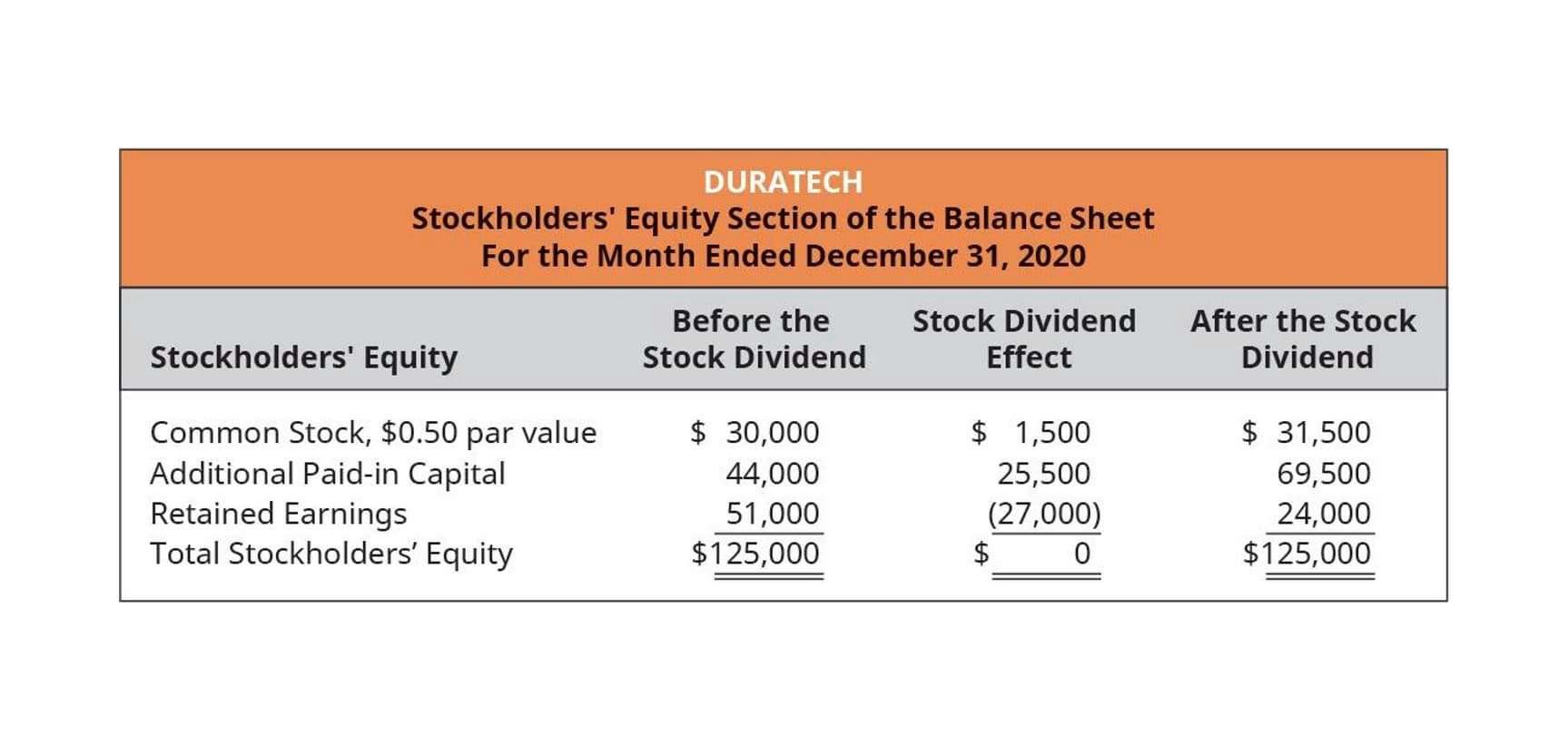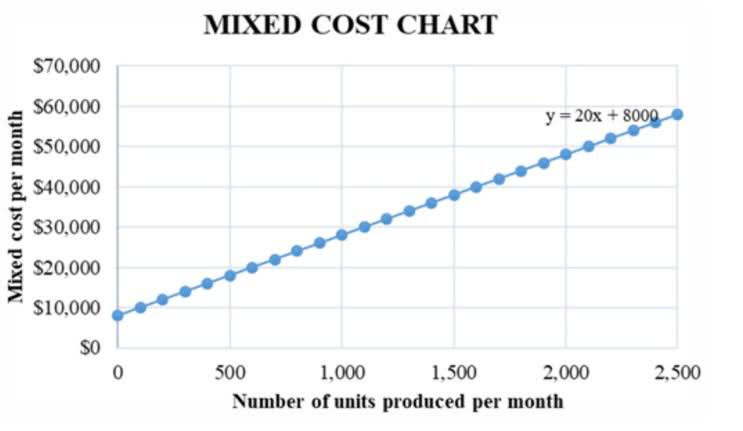Sales- and Usage-Based Royalties in ASC 606

In many cases, a third party would pay musical artists or authors royalties for the use of their copyrighted material. As well, a television satellite company would pay royalty payments to the stations that they air. As royalties can be subject to adjustments based on contractual clauses or performance metrics, it is important for financial reports to include notes that explain these potential variations.
Step 2: Calculating royalties
This bundling can occur when the license of IP is closely tied to a promised good royalty expense accounting or service. For example, a software licensing agreement may include installation services and training for the licensed software, which may be bundled together. However, regardless of the distinctness of a license for IP, the exception for sales- and usage-based royalties is still applicable.
Please Sign in to set this content as a favorite.

Additionally, cross-licensing agreements, where companies exchange access to their respective technologies, add another layer of complexity to royalty calculations. On the other hand, cash basis accounting recognizes revenue only when cash is received, regardless of when the actual right to receive that revenue is established. This method is simpler and may be suitable for smaller businesses or those with significant fluctuations in cash flows. For instance, a patent holder receiving royalty payments only upon reaching certain sales milestones will recognize the revenue at the time these payments are made. While this method offers simplicity, it may not provide an accurate picture of a company’s financial health over time, as it does not account for earned revenues that have not yet been received in cash.
Regular Royalty Payments
- You don’t have to pay the author as much – but they don’t owe you as much either.
- So, if over the course of the next 3 months the song is played a total of 150 times, the licensor would receive the set amount multiplied by the number of times the asset was used.
- This standard requires entities to allocate the transaction price to the performance obligations in a contract and recognize revenue when (or as) the entity satisfies a performance obligation.
- This bundling can occur when the license of IP is closely tied to a promised good or service.
- Companies may license their technology to others for use in a variety of applications, from software solutions to consumer electronics.
- For example, a music label might implement robust tracking systems for streaming revenues to ensure accurate royalty payments to artists.
In period 2 a further 600 games are sold and the developer makes the following entry. Using the same information from the example above, the developer would make the following bookkeeping entries to record the transactions. Under a stepped royalty arrangement the rate might have been 8.00 for the first 1,000 games sold and 9.00 thereafter. Professionals in this field must stay abreast of current practices and standards to maintain accuracy and integrity in their work. The landscape they operate within is not only intricate but also subject to international scrutiny and regulation.
- However, they can be negotiated on a case-by-case basis according to the wishes of both parties.
- The harmonization of accounting practices under IFRS also aids multinational corporations in consolidating their financials, reducing the complexity that arises from dealing with disparate accounting rules.
- As such, financial professionals advise clients on best practices for documentation and contract drafting.
- The complexity in publishing arises from various formats (e.g., hardcover, paperback, e-book) and distribution channels (e.g., direct sales, third-party retailers), each potentially having different royalty rates.
- Royalties help creators, innovators, intellectual property owners, or landowners earn money from their assets.
- Joint Accounting – This occurs when there are disparate sales between properties created by the same person or company.
- Royalties are an excellent way to earn additional money from assets that are owned.
Artists, songwriters, and producers earn royalties from physical sales, downloads, streaming, and performance rights. Each of these revenue streams may have distinct royalty rates and payment structures. For instance, streaming services typically pay royalties based on a complex formula that considers factors like the total number of streams and the service’s revenue.
Completed Contract Method for Revenue Recognition

Royalty accounting is underpinned by several key principles that ensure transactions are recorded and managed accurately. These principles form the bedrock of the practice, guiding financial professionals as they track and report on the flow of royalties. Understanding these principles is fundamental to the effective management of royalty agreements and the protection of intellectual property rights. In many licensing agreements, royalty rates are defined as a percentage of sales, a payment per unit, or a percentage of the gross or net revenues obtained from the use of property. However, they can be negotiated on a case-by-case basis according to the wishes of both parties.
Financial Reporting for Royalties
This content is for general information purposes only, and should not be used as a substitute for consultation with professional advisors. A stepped royalty arrangement changes the royalty rate at different levels of sales. Another example would be a computer manufacturing company obtaining the rights to use an operating system, such as Windows. If this was the case, they would pay Microsoft Corporation a royalty percentage to use the operating system in the computers that they manufacture. They’re designed to help compensate the original owner of an asset when another party uses the asset.

Understanding and Recording Interest Receivable in Financial Accounting
The resolution of royalty disputes often hinges on the quality of record-keeping and the clarity of contractual terms. Detailed records facilitate a smoother audit process and can prevent or quickly resolve disputes. Contracts that clearly define payment terms, audit rights, and dispute resolution procedures minimize the risk of misunderstandings. As such, financial professionals advise clients on best practices retained earnings balance sheet for documentation and contract drafting. For example, a music label might implement robust tracking systems for streaming revenues to ensure accurate royalty payments to artists. Navigating the complexities of revenue recognition for royalties requires a firm grasp of several key principles.




